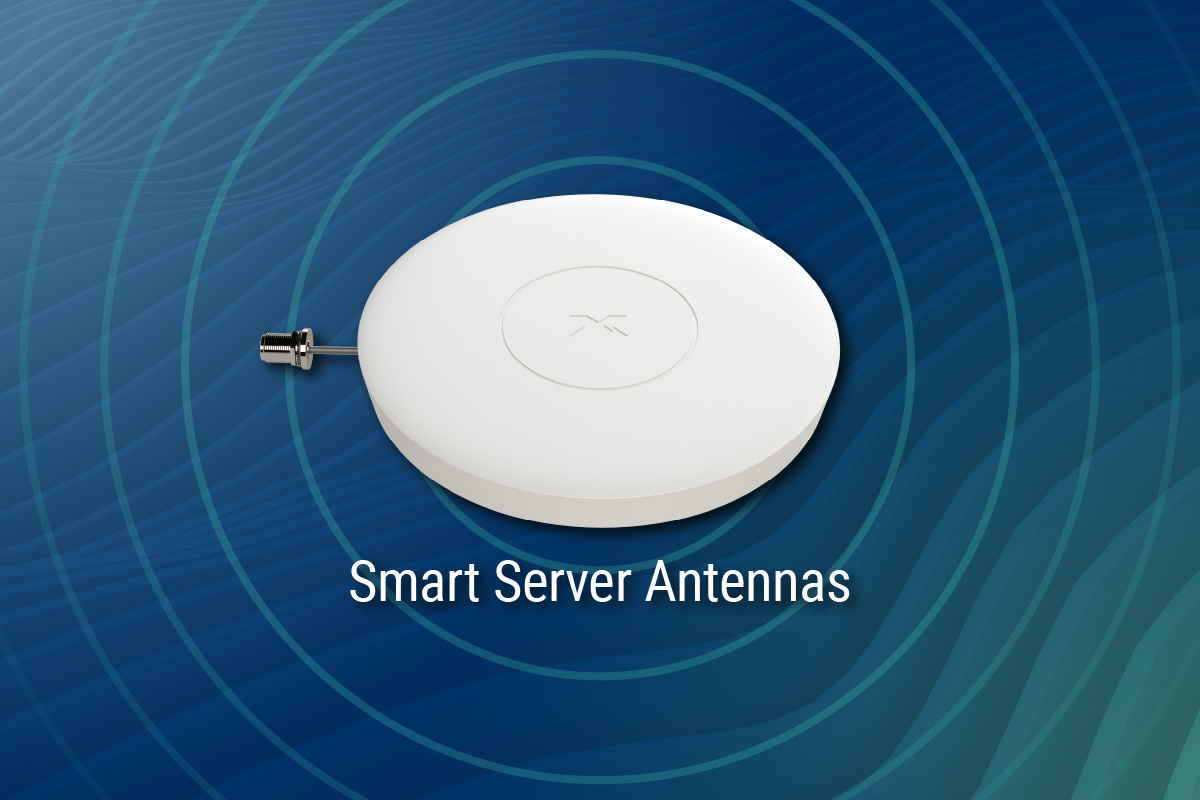We love our cellphones so much that research finds that the average American spends more than five hours a day using them. Power-user millennials trend higher, averaging almost six hours a day on their cellphones. Millennials are so attached to their cellphones that a recent study found that they would rather give up their car than their phone.
This expectation for constant cellular connectivity means it is no longer optional to provide strong, reliable cellular coverage inside your apartment buildings. As the owners of an Arizona-based apartment complex discovered, spotty coverage and “dead zones” in your buildings can put you at risk for high tenant turnover and a damaged reputation.
The apartment complex, consisting of six buildings in Tempe, housed students attending nearby Arizona State University, and attracted young professionals because of its proximity to the Tempe Marketplace, a hotspot for millennials. But there was zero indoor coverage on the first two floors and poor reception on the two top levels.
This lack of indoor coverage resulted in a high tenant turnover rate of the largely millennial renters, and those who did stay were not shy about voicing their displeasure—including online. Recognizing the immediate need to act, the complex owners called in the experts at Boulder, Colorado-based Illuminati Labs to design and deliver a solution for indoor coverage for all four major carriers.
“This demographic has grown up in a digital world. Their cell phones are their lifeline, so they need good coverage,” explains Adam Rubey, co-founder of Illuminati Labs. “If we failed to provide that, tenants would continue looking for alternative living arrangements and posting negative reviews about the building.”
CEL-FI QUATRA chosen for uniform, in-building cellular coverage
Building materials and location are often the culprits blocking cellular signals from the carriers’ towers, which in turn, can create spotty coverage and/or dead zones inside multi-unit dwellings. The Tempe-based complex was built with LEED certified windows and construction, which are excellent for energy efficiency but these materials also block cellular signals. The stucco exterior of the complex was another obstacle that made it impossible for strong cellular signals to penetrate into the buildings.
An assessment of the first building to be addressed – a 162,000-square-foot, four-story structure – uncovered additional challenges. The “hard lid” ceilings in the hallways made cabling more difficult for the installation as the owners had aesthetic concerns in retrofitting the building with cabling and multiple devices. The building was also occupied which meant that the team was only able to work within certain timeframes during the day.
Minimal cabling and devices with maximum performance
In the first building, all the elements of the CEL-FI QUATRA system were installed in the hallways to provide residents with LTE services for all four major carriers throughout the building.
“In apartment complexes, the owners don’t want any of the equipment inside the individual units since behind closed doors they could be touched by occupants. So we placed all the equipment out in a common area to prevent this,” explains Rubey. “CEL-FI QUATRA internal coverage antennas will do a 100-foot radius where everyone else on the market does a 50-foot radius. This gives you more of a coverage bubble that goes up and down floors as well as on that individual floor. We were able to use half as many units and stagger and spread them out in the hallways to get great coverage throughout the building and save them money in the design.”
The owners wanted to preserve the building’s unique details on the ceilings, such as up-lighting and cove-lighting, and Illuminati Labs delivered with CEL-FI QUATRA. “They didn’t want to see these devices, so having half as many was a positive. But most importantly, QUATRA uses ethernet cabling, not the big and bright blue cable (of other systems) that is hard to hide down a hallway,” says Rubey.
To address the cellular reception demands of residents, and the budget and aesthetic requirements of the apartment complex owners, Illuminati Labs decided to install the CEL-FI QUATRA active DAS hybrid. QUATRA delivers uniform, in-building cellular coverage to resolve the challenges of poor voice quality, dropped calls, and dead zones in large commercial buildings. The system delivers a cellular signal that is up to 1000x stronger than other solutions that are based on older analog technology, offering a much larger coverage footprint. QUATRA uses ethernet cabling and Power over Ethernet (PoE) so there is no need to install additional power outlets for the internal coverage antennas that rebroadcast the signal to users inside the building. QUATRA can be installed in just days, and at a price point that meets the budget of most apartment complexes. It is carrier grade, carrier approved, and guaranteed network safe.
A+ implementation
It took Illuminati’s five-man team three days to complete the installation of the first building. The owners were so pleased with the results that Illuminati Labs has already installed CEL-FI QUATRA in the second apartment building in the complex, and the other four buildings are scheduled for installation over the next 18 months.
“Having a strong cellular connection inside a building is no longer optional, especially for millennials,” says Rubey. “With CEL-FI QUATRA, it’s easy to make always-on connectivity a reality for those who need it most.”
For more information, go to: https://nextivityinc.com/quatra/whitepaper/
A version of this article was originally published by AAOA (American Apartment Owners Association)




